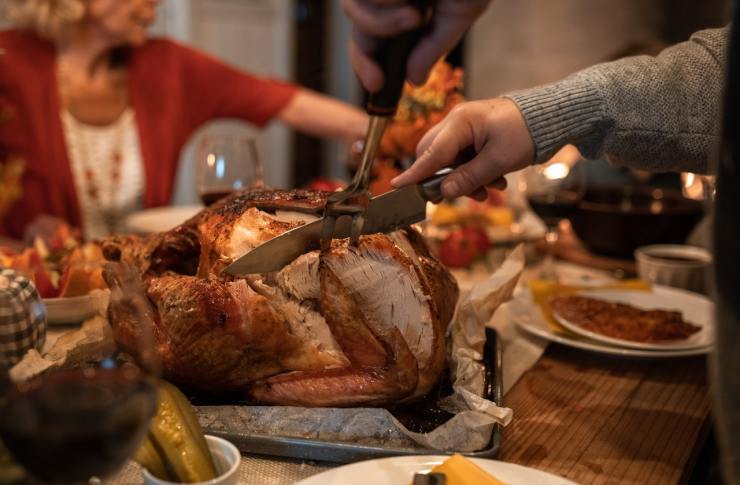Creative leftover transformations for easy follow-up meals
Leftovers from a holiday feast can feel overwhelming, but with a little planning they become the raw material for simple, satisfying follow-up meals. This short guide outlines approachable ways to rework mains, sides, and desserts into fresh, budget-friendly dishes that fit seasonal traditions and hosting rhythms.

After a large gathering, the pans and platters may be emptied but the refrigerator often remains full. Creative leftover transformations let you turn a single feast into several easy follow-up meals without wasting ingredients or effort. With modest planning during meal prep and a few quick techniques—storing components separately, keeping a small stash of pantry staples, and thinking in terms of textures and sauces—you can stretch a holiday spread into balanced breakfasts, lunches, and dinners that honor traditions and save on grocery trips.
How can holiday meats become a new menu centerpiece?
Leftover roasted or carved meats adapt well to many menus. Slice or shred turkey, chicken, or pork and use it as the protein in sandwiches, salads, or grain bowls. Warm the meat briefly with a splash of broth to keep it moist, then combine with seasonal elements—roasted squash, apple slaw, or cranberry compote—to create fresh flavor pairings. For a quick family meal, toss shredded meat with a simple gravy and served-over mashed potatoes, or stir it into a soup base for added richness.
What recipes stretch sides into entire meals?
Sides such as mashed potatoes, stuffing, and roasted vegetables are versatile building blocks. Transform stuffing into stuffed peppers or use it as a crunchy topping for baked casseroles. Leftover mashed potatoes can form the base for potato pancakes or shepherd’s pie when combined with sautéed vegetables and a little broth. Roasted root vegetables pair well with grains like farro or barley and a vinaigrette to become a hearty grain bowl that’s easy to warm and serve for lunch or dinner.
How to repurpose desserts and seasonal flavors
Desserts from a celebratory menu can be refreshed into new sweets or breakfast treats. Crumble pie or cake into parfaits layered with yogurt and seasonal fruit, or warm slices of cake in a skillet with a pat of butter and a sprinkle of cinnamon for an easy French-toast–style dish. Preserve seasonal flavors—pumpkin, apple, cranberry—by incorporating them into oatmeal, smoothies, or sauce for yogurt. Small portions repurposed in this way keep the sense of celebration without overindulging.
How does hosting and planning influence leftover success?
Hosting practices affect how simple it is to reuse leftovers. During planning, set aside some serving containers for components you intend to transform: keep gravies and sauces in separate jars, slice meats before storing, and cool foods quickly to preserve quality. Label containers with dates and suggested uses so the first follow-up meals form naturally. Thoughtful decor and serving choices on the day—like separate bowls for condiments and dressings—make it easier to repurpose items without reworking entire dishes.
Can leftovers help with budget and extend traditions during gatherings?
Using leftovers strategically supports budget-conscious meal planning. Repurposing full portions into multiple meals reduces food waste and stretches the value of a single feast across several days. This approach can also reinforce traditions: turn a family-style side into a new shared recipe, or invite guests to contribute ideas for “leftover night” to maintain a sense of gratitude and connection. Simple staples—bread, eggs, a jar of broth, a handful of herbs—often turn fragments into balanced plates without extra expense.
Conclusion Transforming leftovers into easy follow-up meals requires modest planning and a few practical techniques: separate and label components, think in terms of texture and acidity, and combine seasonal flavors with pantry basics. These small adjustments help convert a one-time feast into a sequence of satisfying, budget-aware meals that respect hosting efforts and sustain seasonal traditions.




